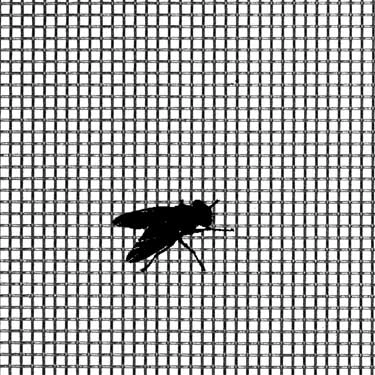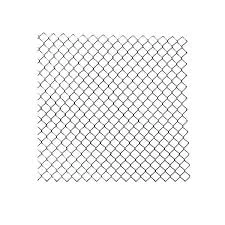Deer Fence Galvanized Farm Livestock Fencing
Navigating the realm of deer fencing prices can be equally intriguing and crucial for property owners, farmers, and gardeners aiming to protect their vegetation from these gentle yet destructive creatures. Understanding the cost landscape of deer fencing involves exploring multiple factors, from material choices to installation techniques, each playing a pivotal role in determining overall expenses.
The initial step in grasping deer fencing pricing is recognizing the types of materials available and determining which suits your needs best. The primary options encompass woven wire, electric, and polypropylene mesh fences. Woven wire fences, renowned for their durability and strength, typically stand as the most expensive choice. Their robust nature facilitates long-term protection, making them ideal for areas with heavy deer traffic. On average, the cost for materials alone ranges from $1.50 to $4 per foot, excluding installation expenses.
Electric fences represent a more affordable alternative, boasting lower upfront costs and simpler installation requirements. With prices averaging between $0.75 to $1.50 per foot for materials, they offer a cost-effective solution while also being highly adaptable to various terrains. However, ongoing maintenance costs, such as electricity and replacement parts, should be factored in when considering long-term expenses.
For property owners favoring a less obtrusive and more aesthetically pleasing option, polypropylene mesh fencing stands out. This UV-stabilized plastic material blends seamlessly with landscapes yet provides the necessary deterrent for deer. The initial pricing for polypropylene fencing materials generally falls between $0.85 to $2 per foot, making it an attractive middle ground solution.
The next factor impacting deer fencing prices is the extent and terrain of the area to be fenced. Large tracts of land often benefit from economies of scale, resulting in lower per-foot costs for materials and installation. Conversely, smaller or irregularly shaped areas can present unique challenges, potentially driving up labor costs due to the need for customization.
Installation costs also significantly influence the total price of deer fencing. While DIY enthusiasts might opt to undertake the installation process themselves, thereby reducing labor expenses, hiring professionals ensures reliability and longevity. Professional installation services often range from $0.50 to $5 per linear foot, contingent on the complexity of the project and local labor rates.deer fencing price
Maintenance, while often overlooked, constitutes a recurrent aspect of deer fencing costs. Each material type requires distinct maintenance routines to sustain effectiveness and longevity. Woven wire fences, although sturdy, demand periodic inspection for rust or damage, especially in regions with harsh weather conditions. Electric fences necessitate regular checks of voltage levels and repairs of any faults to maintain deterrent capabilities. Additionally, polypropylene fences require inspections for tears or UV damage, ensuring the coverage remains intact.
Moreover, geographic location plays a fundamental role in influencing deer fencing prices. Areas with high deer populations typically see a surge in demand for effective fencing solutions, potentially affecting material availability and costs. Furthermore, regional climate conditions can dictate the type of fencing material best suited, as well as the maintenance practices required for optimal performance.
For those seeking to balance budget constraints with effectiveness, creative solutions such as hybrid fencing configurations can be explored. Integrating different materials, like a combination of woven wire and electric lines, can create a formidable barrier while optimizing costs.
When meticulously planning deer fencing projects, researching and consulting with local experts or agricultural extension offices can provide valuable insights tailored to specific conditions and challenges. Establishing a detailed budget considering initial expenses, installation, and ongoing maintenance can aid in making informed decisions while avoiding unforeseen expenditures.
Ultimately, investing in an appropriate deer fencing solution involves evaluating immediate costs against long-term benefits. A well-planned and executed deer fence not only safeguards landscapes and livelihoods but also enhances property value, adding a layer of protection that is both financially prudent and environmentally savvy. By prioritizing quality and practicality over mere price, property owners can ensure their investment yields prolific returns in securing their terrain from these graceful yet unwelcome guests.


















